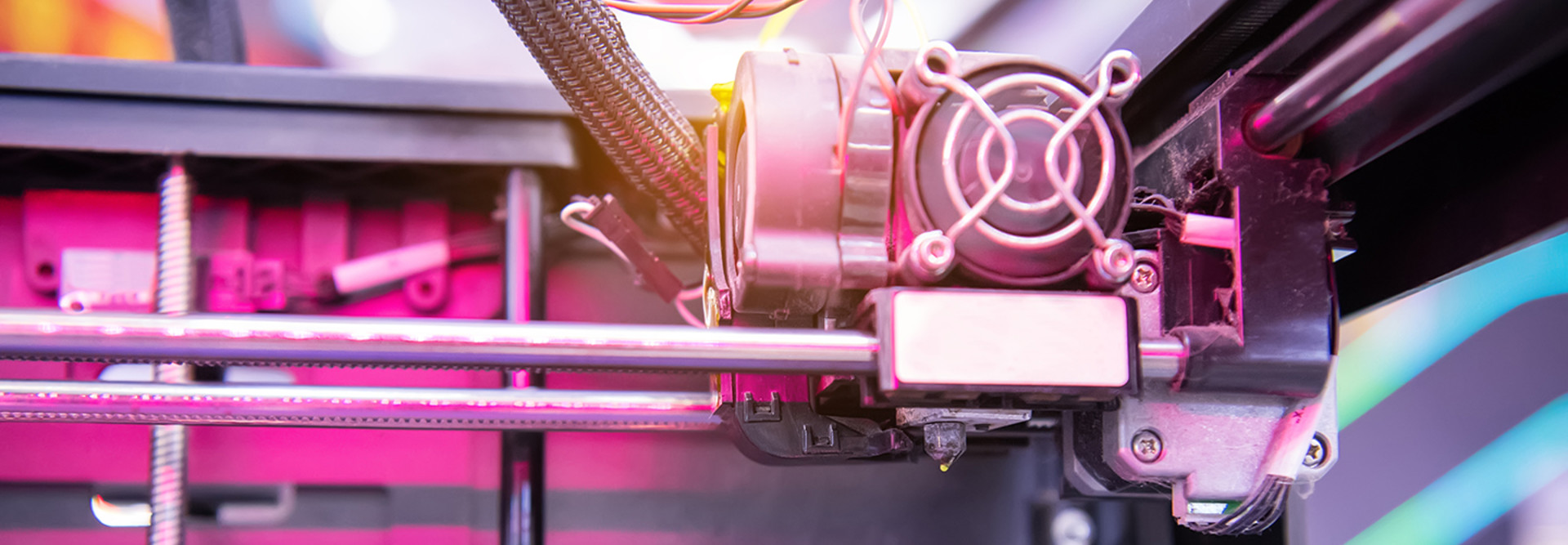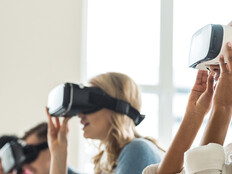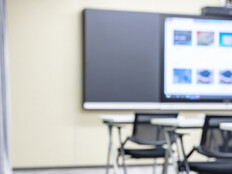The Key to 3D Printing Creativity? Keep It Simple
Makerspaces, which often feature 3D technology, are an exciting development for colleges and universities. As part of this new approach to design, with its emphasis on encouraging student creativity through hands-on activities, 3D printing is quickly becoming a way to engage students. In the Summer 2016 issue of EdTech, I discussed what to consider when creating a 3D printer lab on campus. We are only beginning to understand the many ways 3D printing can support learning, but there are opportunities to rethink how institutions can use this technology to capture the interest of students across campus.
Shift Attention Away from Making Things
On the surface, this seems counter to the idea of 3D printing. Isn’t making things the whole point? Yet, not everyone is comfortable with that notion. Creative challenges are intimidating for many and can limit the appeal of a new 3D printing lab. The most important part of such labs is to give students the opportunity to collaborate, think critically and solve problems. These are components of developing a “maker fluency” that will help students productively apply what they learn through 3D printing to future technologies — even those that haven’t yet been invented.
Limit Options to Focus on the Best Parts
This is another counterintuitive tip. Limiting the types of 3D printers in a lab is essential to creating an environment that students at all ability levels can access easily. Providing several types of 3D printers does create more options, but it also introduces complexity for use and support. In recent years, companies have begun offering new 3D printers designed to enable creativity without requiring advanced skills. Sticking to easy-to-use tools helps students develop the raw materials of creativity that they can then apply in virtually any discipline.
Without a Guide, a Makerspace Is Just a Space
Labs are more than a place to access 3D printers. Providing guidance to both students and faculty is critical to helping them get the most from a creative experience. Working closely with faculty to integrate design challenges and other activities into coursework is a great on-ramp for students new to 3D printing. Successful projects also provide localized help for students. For example, Maker-In-Residence programs bring in people with advanced skills to facilitate design activities and help participants think through their projects.
Encourage Making Across Disciplines and Modalities
Traditionally embedded in engineering and technology departments, 3D printing has long been a part of STEM curricula. In ways not previously possible, we can now provide these same experiences to students of all disciplines — even those whose relevance may not be obvious. Art and design students, for example, can create intricate sculptures with forms that were not previously possible. Students in the earth sciences can use 3D printing to magnify and explain our changing planet. What’s more, 3D printing is now accessible to students regardless of location. The increasingly networked nature of this technology enables online students to participate in many of the same activities from a distance, effectively connecting students around the world.









